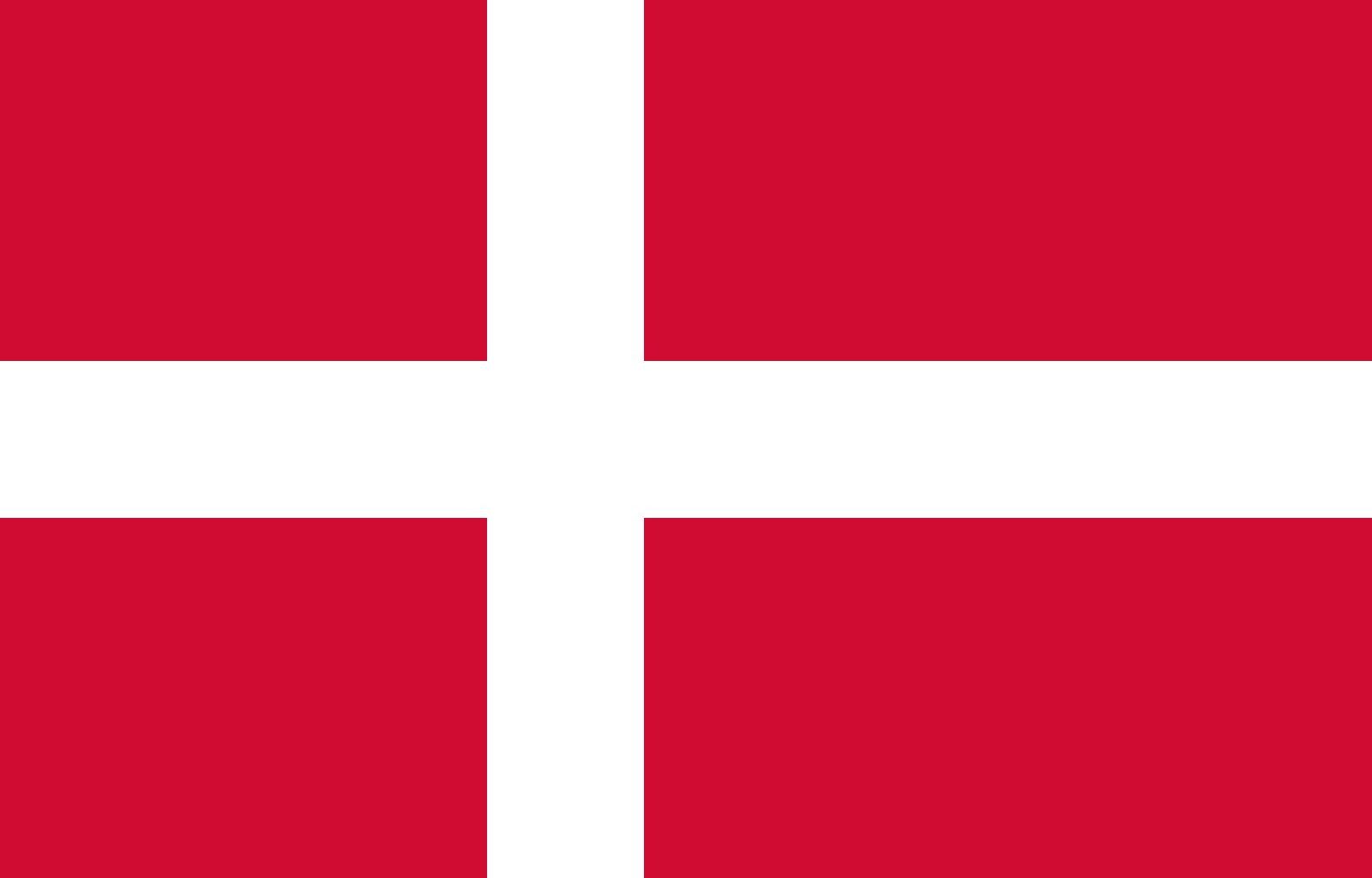The constitution of June 5, 1953, provides for a unicameral legislature, the Folketing, with not more than 179 members (including two from the Faroe Islands and two from Greenland). The prime minister heads the government, which is composed additionally of cabinet ministers who run the various departments, such as justice, finance, and agriculture. The ceremonial head of state, the monarch, appoints the prime minister (generally the leader of the largest party or coalition in the Folketing) and the cabinet ministers in consultation with the legislature. The monarch also signs acts passed by the Folketing upon the recommendation of the cabinet sitting as the Council of State. To become law, the acts must be countersigned by at least one cabinet member. Faced with a vote of no confidence, the cabinet must resign.
In addition to establishing unicameralism, the 1953 constitution mandates popular referenda (used, for example, to secure public approval for Danish entry into the EEC, now part of the EU) and postulates the creation of an ombudsman office—the first outside Sweden, its country of origin. The Succession to the Throne Act, which accompanied the 1953 constitution, provides for female succession. This allowed the accession of Queen Margrethe II in 1972.
